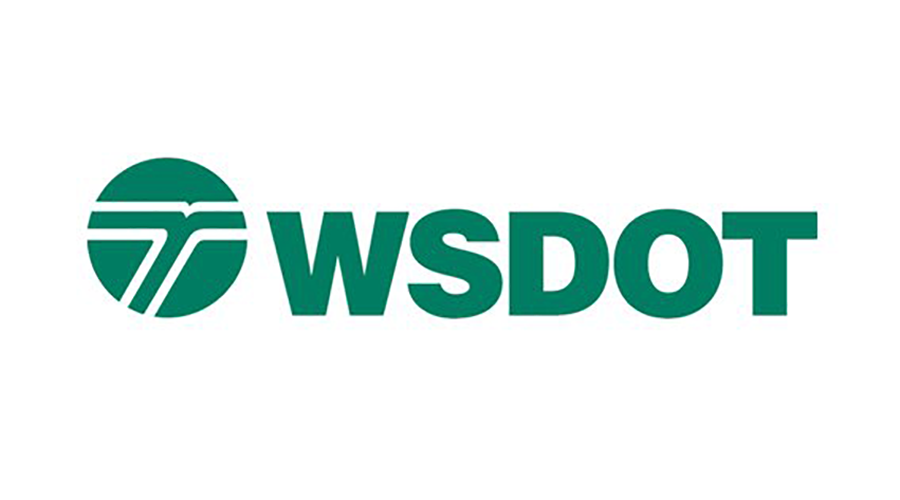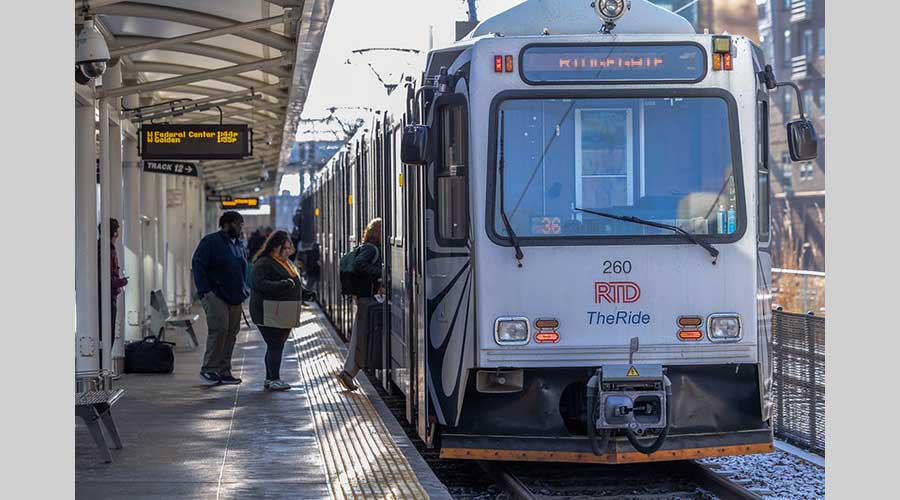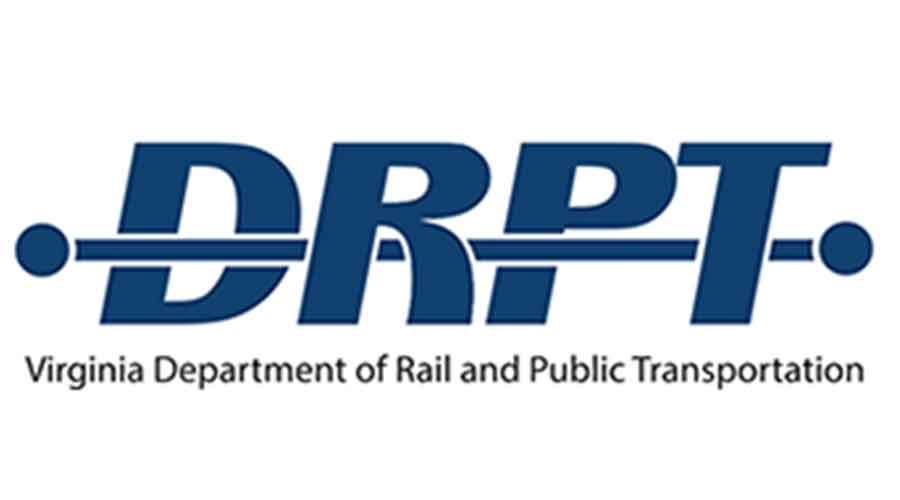Stay updated on news, articles and information for the rail industry
1/28/2016
Rail News: Passenger Rail
Austin's Capital Metro taps AECOM for central corridor transit study
The Capital Metropolitan Transportation Authority has selected AECOM to conduct an analysis of transportation options for the central corridor in Austin, Texas.
The Project Connect Central Corridor Study that began in 2014 will continue with AECOM leading the effort, as the firm works with transportation agencies, stakeholders and the public to shape Austin's transit future, Capital Metro officials said in a press release.
AECOM will consider all practical transportation modes to enhance transit options in the central corridor, including rail. The corridor, which includes Austin's downtown, is bordered by U.S. Route 290 to the south, Capital Metro's Red Line rail route to the east, Ranch to Market Road 2222 to the north and the MoPac Expressway to the west.
The study is intended to identify short-term solutions with current infrastructure, as well as longer-term projects including new modes of high-capacity transit. In addition, the study aims to develop a funding strategy and timeline for the proposed infrastructure projects, Capitol Metro officials said.
>The firm's $3 million study is expected to take 30 months to complete. Financial support from Capital Metro, the city of Austin and remaining Project Connect federal grants will cover the study's costs.
"While the entire Central Texas region is growing at a phenomenal rate, central Austin is a key area of focus for improving mobility," said Capital Metro President and Chief Executive Officer Linda Watson. "Nearly 150,000 people drive into and out of the downtown area each day, so creating effective transit options for the heart of the city is vital for increasing economic growth and improving the quality of life."
AECOM's proposal includes a plan for community and stakeholder involvement and a cost analysis for building and maintaining the proposed transit system, agency officials said.


 2025 MOW Spending Report: Passenger-rail programs
2025 MOW Spending Report: Passenger-rail programs
 Gardner steps down as Amtrak CEO
Gardner steps down as Amtrak CEO
 Guest comment: Oliver Wyman’s David Hunt
Guest comment: Oliver Wyman’s David Hunt
 Women of Influence in Rail eBook
Women of Influence in Rail eBook
 railPrime
railPrime







